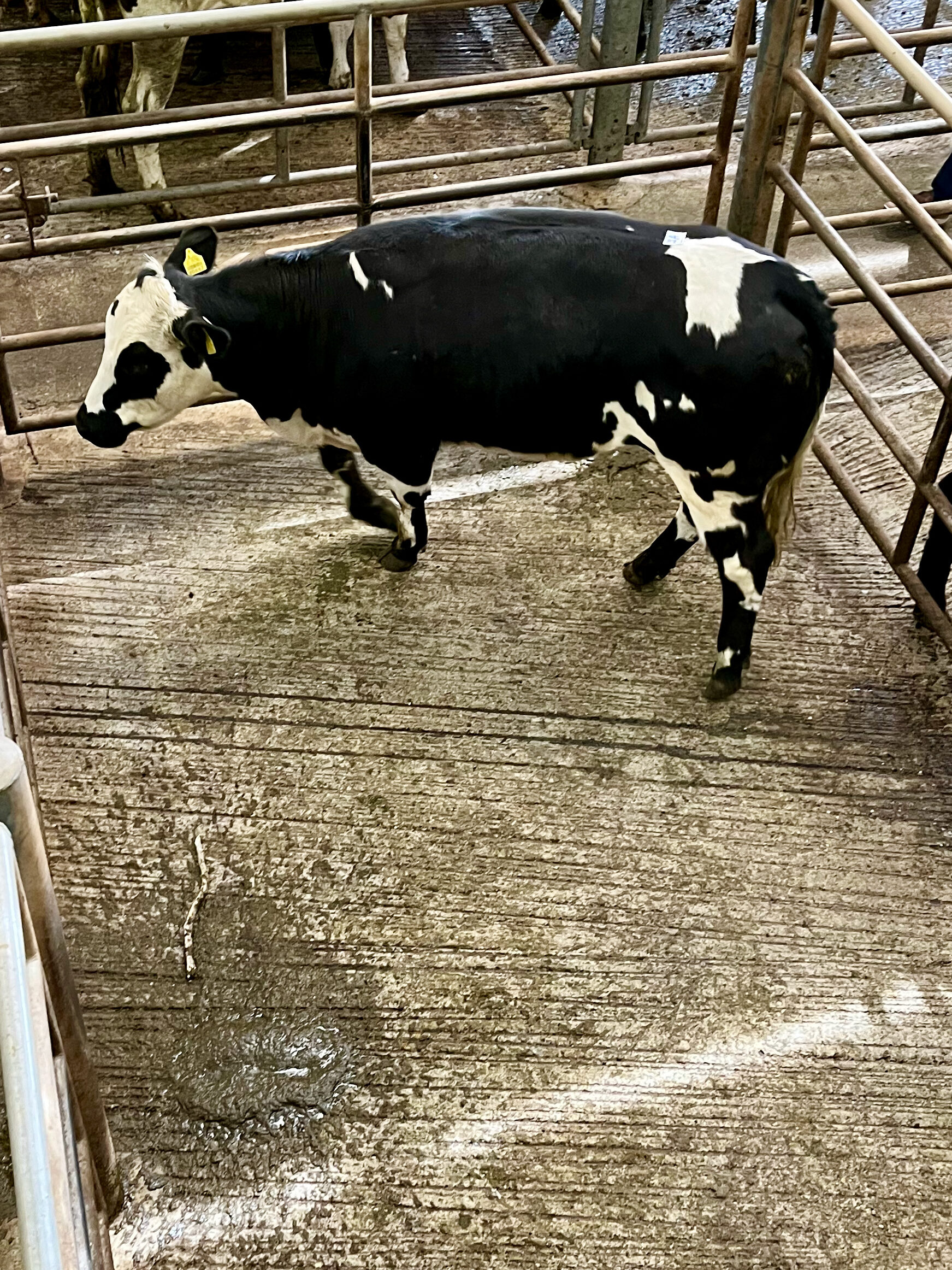A piece of my past popped up in my mind recently when I passed a shop window full of old bits and bobs – from genuine antiques to curious junk. There in the middle of it all was a forlorn and tattered “brownie”. Some might think that’s what the Americans call a “cookie” but it is, in fact, an old Kodak camera.
I found my mind reversing fast like a cassette in an old tape-recorder to somewhere in the 1960s when I first saw a camera. And I’m fairly sure it was a brownie. And I’m also sure that it wasn’t ours! Owning a camera and being able to send photos away to be developed was something that set people apart. And the people who were most likely to have one were either the moderately well-off or a visiting ‘yank’.
People of the latter category took the earliest photos in our house. They were friends of schoolmates or of our parents who have emigrated after school and they paid regular visits home to relatives, have tea with us in the hay fields, and talk for hours about the days of old. Of course, at the time, our young minds were more impressed with the prospect of they leaving a genuine one-dollar bill behind for each of us. When they did, the money seemed to disappear very quickly into the post-office in the care of my mother with promises of it being ‘kept’. Like the chances of having a camera at home, the prospects of the dollar lasting very long as a greenback were slim.
Sometimes, a few photos arrived in the post a few months later. More often, it was at the next visit a few years later that we got to see the photos. These were usually small square prints with a narrow white border and printed on glossy paper. While the dollar bills have vanished long since, and the people who took the photos have all passed to their eternal reward, some of the photographs are still around. I’m always amazed that each time I look at them I learn something I hadn’t noticed before. Or when I hear of a death in the extended family, I can connect that piece of sad news to one of the faces in the old photographs.
The next surviving category of photographs that I am aware of is the batch taken on borrowed cameras at the times of our First Communions and Confirmations. These were mostly taken by our parents with a similar box camera which an uncle had. It had a ‘hole’ on the top of the box which one had to look through to line up the photo – not easy because it showed the scene upside-down! This recording system had one weakness: because one parent had to take the photo, we don’t have family photos of these events with both parents in them!

By the time I got to secondary school, compact cameras with a cartridge of film had arrived. They also brought the ability to look straight through and be able to see more or less what the camera’s lens saw. I must have put my hard-working parents under pressure to get one when a school tour from Farranferris to London was organised. Somehow they found the money for me to get the camera. The cartridges of film came in three sizes: enough to take 12, 24 or 36 photos. It’s confusing for people who began taking pictures with digital cameras when they learn that some people used to take just one photo in an entire month!
My first roll of film (black and white) had photos from the school tour to London, a few from Bandon Show, and a few from the visit of a German Navy ship to Cork docks – all on one 24-exposure roll of film. After taking the photos, I’m sure I had to wait for ages to afford to send them away to be developed and printed.
There are numerous ways of recording memories – video, cinema cameras, words, drawings – but photography is still my favourite. There is so much to life, so much happening, so many changes every second, so many comings and goings. A photograph isolates one small fragment of this mystery we call life and invites us to contemplate it. A photograph captures a fraction of a second. Most photographs are taken with a setting whereby the cameras lens is exposed to the subject for just one hundredth and twenty-fifth of a second. Some modern cameras take 12 photos every second and save all the information electronically. So a photograph helps us to, as it were, freeze a tiny moment so that we can thaw it our over an extended period each time we look at the photo and unravel its reality for our appreciation.
And that’s one of the real wonders of life: no matter how much we have, we can never be aware of, appreciate or understand it all. But a photograph, whether taken with an old brownie or a modern multi-mega-pixel digital device, invites us to pause. In this sense, a photograph is a story. It has content, structure, mood and purpose. So I often understand photography as an exercise in story telling. And like a good story, it’s in the telling as well as in the hearing. There is as much to wonder at in taking a photo as there is in viewing one. Both can bring us into a deeper appreciation of the blessings with which we are surrounded.
[Published in Candlelight – a community publication in Innishannon, Co Cork – in Dec 2009.]
